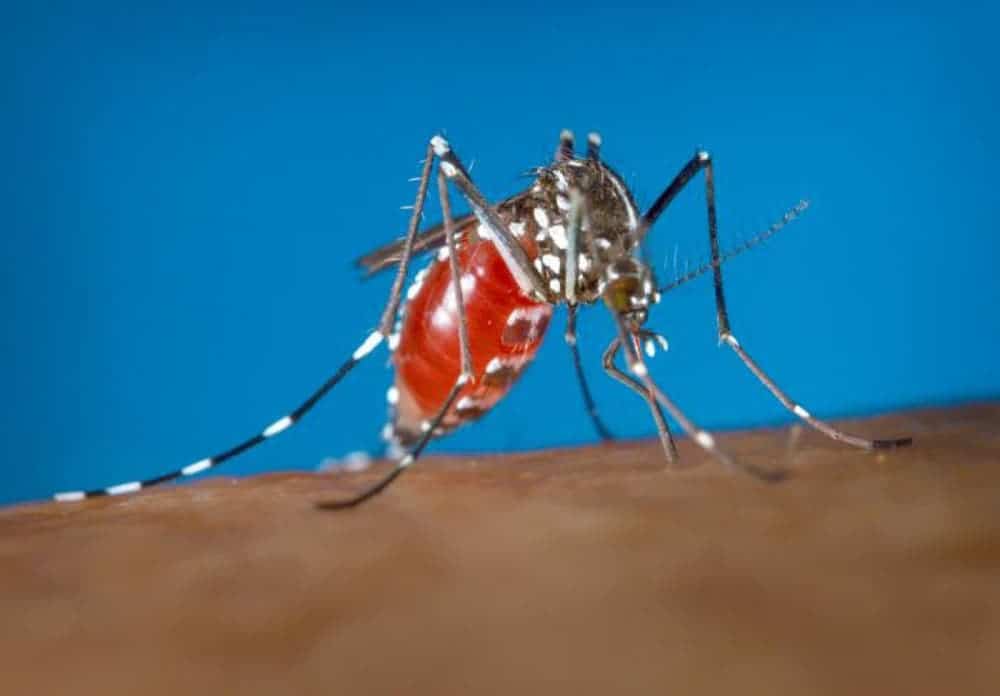Rising temperature brought in by climate heating is causing an increase in infectious diseases across the globe, with Zika being the most recent example. The first cases of the virus were just confirmed in Europe, with three people infected in France.

Since the outbreak started in 2015 in South America, Europe has seen about 2.400 cases of Zika. But all the infections until now were picked up by tourists visiting other countries and then brought back to their home countries. Now, the three people were infected directly in Europe, showing that the disease-carrying mosquito can survive and spread its pathogens in a warming European climate.
According to the European Center for Diseases Prevention and Control (ECDPC), the three cases were found in the French Riviera in August. The patients had symptoms only within a few days from each other, which means they were part of the same transmission cycle.
The ECDPC confirmed they have already recovered, adding that the risk to residents and travelers to the region is low. Nevertheless, global warming and increased travel between continents mean tropical diseases including Zika could easily expand in Europe — and ‘low’ is more than zero.
The findings are “the first time that locally acquired Zika cases were identified, which poses new challenges for the control of these diseases,” Moritz Kraemer, a researcher into infectious diseases at the University of Oxford, told CNN.
While most infected usually don’t develop symptoms, Zika can cause fever, rash or a headache. The disease can be especially risky for pregnant women, as it can cause premature births, miscarriages and birth defects. In Brazil, about 2.000 kids were affected by microcephaly.
Zika is not something new as it was identified around 70 years back in Uganda, specifically in the forest of Zika. Since then, there have been small outbreaks in several areas of the world such as the Pacific Islands. The major complications started when the virus arrived in Brazil and then expanded to other areas of Latin America.
Vector-borne diseases are transmitted typically by the bite of an infected arthropod such as mosquito, tick, or black fly. Or it might be a less familiar species such as an African Tsetse fly or copepod. These arthropods that carry and transmit diseases are known as vectors.
Diseases and climate change
The discovery of Zika in Europe is not an isolated phenomenon. Climate change caused by man-made actions is leading to longer and more frequent heatwaves and rains. These are excellent conditions for insects to thrive, which enables them to spread their habitats. Vector insects live more when there are extended periods of warm weather and also fly into new areas that were previously too cold and reproduce in water deposits left by the rain
Areas with cooler temperatures such as European countries or the United States have been able to keep mosquito-borne diseases. Nevertheless, this is already changing. In the US, biologist Eric Ordecai found that mosquitoes can adapt to a wide range of temperatures and carry different diseases.
A study published in March said one billion people could face “their first exposure” to a host of mosquito-borne diseases by 2080 under extreme global warming. European countries would be the most affected, the study led by Sadie Ryan said.
According to the Intergovernmental Panel on Climate Change (IPCC), climate change has already altered the distribution of some disease vectors. There is evidence that the geographic range of ticks and mosquitoes that carry disease has changed in response to climate change. Ticks have extended their range north in Sweden and Canada and into higher altitudes in the Czech Republic.


